Popular aluminum oxide created by interlacing different crystal forms
 Your automobile exhaust system, the plastic cup holding your favorite drink, along with many, many other products, rely upon chemical reactions driven by catalysts supported on aluminum oxides. Characterizing these aluminum oxides or alumina has been challenging. Now, scientists at Pacific Northwest National Laboratory (PNNL) and FEI Company obtained an atomically resolved view of the alumina form known as delta alumina. Using experiments and computational approaches, the team showed that the oxide is made up of two crystal forms or variants woven together.
Your automobile exhaust system, the plastic cup holding your favorite drink, along with many, many other products, rely upon chemical reactions driven by catalysts supported on aluminum oxides. Characterizing these aluminum oxides or alumina has been challenging. Now, scientists at Pacific Northwest National Laboratory (PNNL) and FEI Company obtained an atomically resolved view of the alumina form known as delta alumina. Using experiments and computational approaches, the team showed that the oxide is made up of two crystal forms or variants woven together.
As researchers continue to characterize the structure and behavior of delta alumina and its related polymorph, gamma alumina, “the materials present a lot of questions,” said Dr. Libor Kovarik, PNNL scientist and lead author on the study. “We are working to understand them, particularly the aluminum bonding on the catalysts surface.”
Read more at: http://phys.org/news/2014-11-

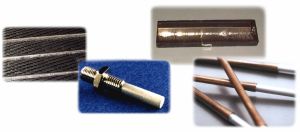
 A way to use weak molecular bonding interactions to create well-ordered and stable metal–organic monolayers with optoelectronic properties has been found by researchers from the RIKEN Surface and Interface Science Laboratory. The development could form the basis for the scalable fabrication of molecular optoelectronic devices.
A way to use weak molecular bonding interactions to create well-ordered and stable metal–organic monolayers with optoelectronic properties has been found by researchers from the RIKEN Surface and Interface Science Laboratory. The development could form the basis for the scalable fabrication of molecular optoelectronic devices. Trains made of aluminum foam, a material that’s stronger, lighter, and better in a crash than fiberglass or regular old metal. Engineers in Chemitz, Germany unveiled a prototype high-speed train cab made with the stuff earlier this year. The composite material is built like a sandwich. Between two pieces of aluminum, each just two millimeters thick, is a 25-millimeter-thick layer of the “foam,” actually a low-density, sponge-like composite of magnesium, silicon, copper and aluminum. And like a good sandwich, there’s no glue. The layers are held together by metallic bonding, the electrostatic attraction of negatively charged electrons and positively charged ions.
Trains made of aluminum foam, a material that’s stronger, lighter, and better in a crash than fiberglass or regular old metal. Engineers in Chemitz, Germany unveiled a prototype high-speed train cab made with the stuff earlier this year. The composite material is built like a sandwich. Between two pieces of aluminum, each just two millimeters thick, is a 25-millimeter-thick layer of the “foam,” actually a low-density, sponge-like composite of magnesium, silicon, copper and aluminum. And like a good sandwich, there’s no glue. The layers are held together by metallic bonding, the electrostatic attraction of negatively charged electrons and positively charged ions.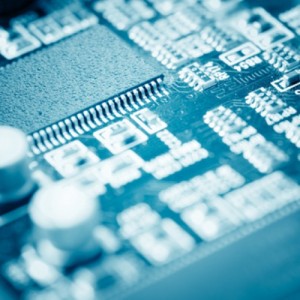
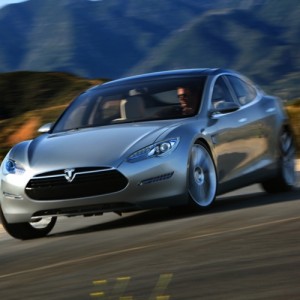

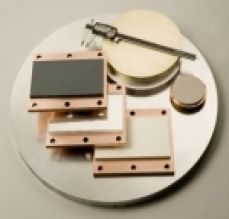
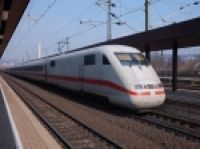 If it rolls, floats or flies, light weight is always good. Manufacturers of planes, trains, automobiles, trucks and tractors are hungry for new materials that improve efficiency and reduce weight.
If it rolls, floats or flies, light weight is always good. Manufacturers of planes, trains, automobiles, trucks and tractors are hungry for new materials that improve efficiency and reduce weight.